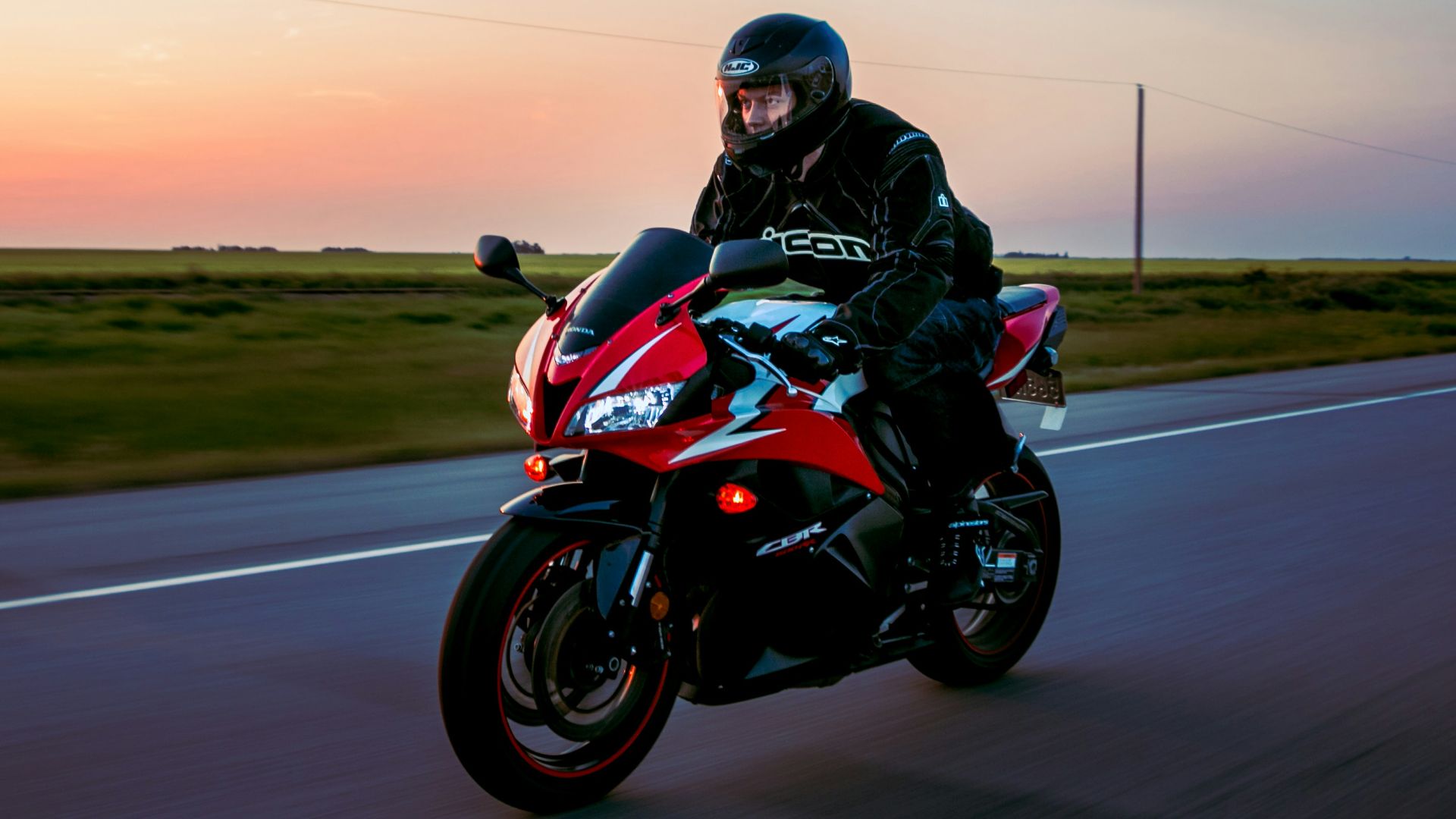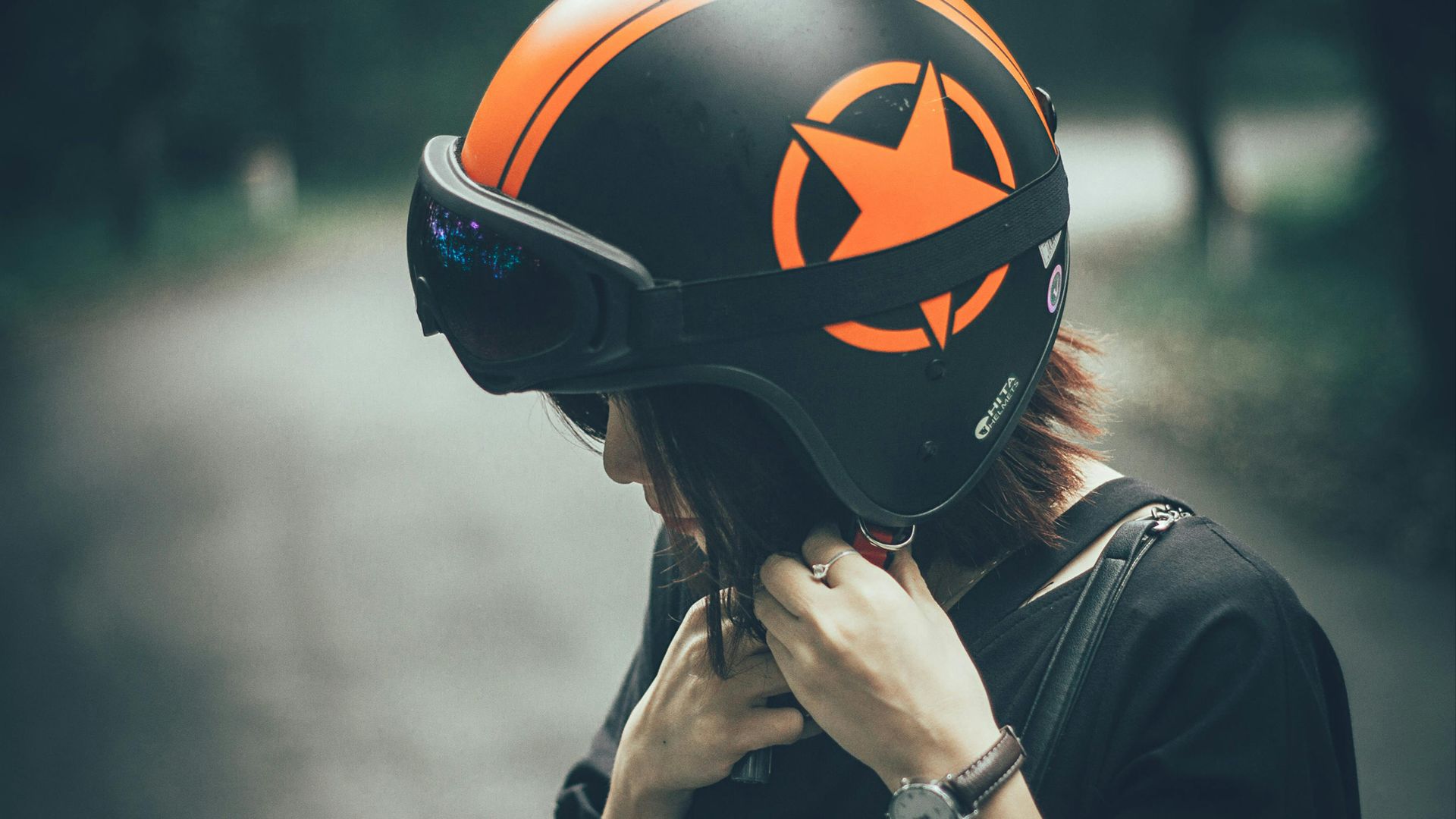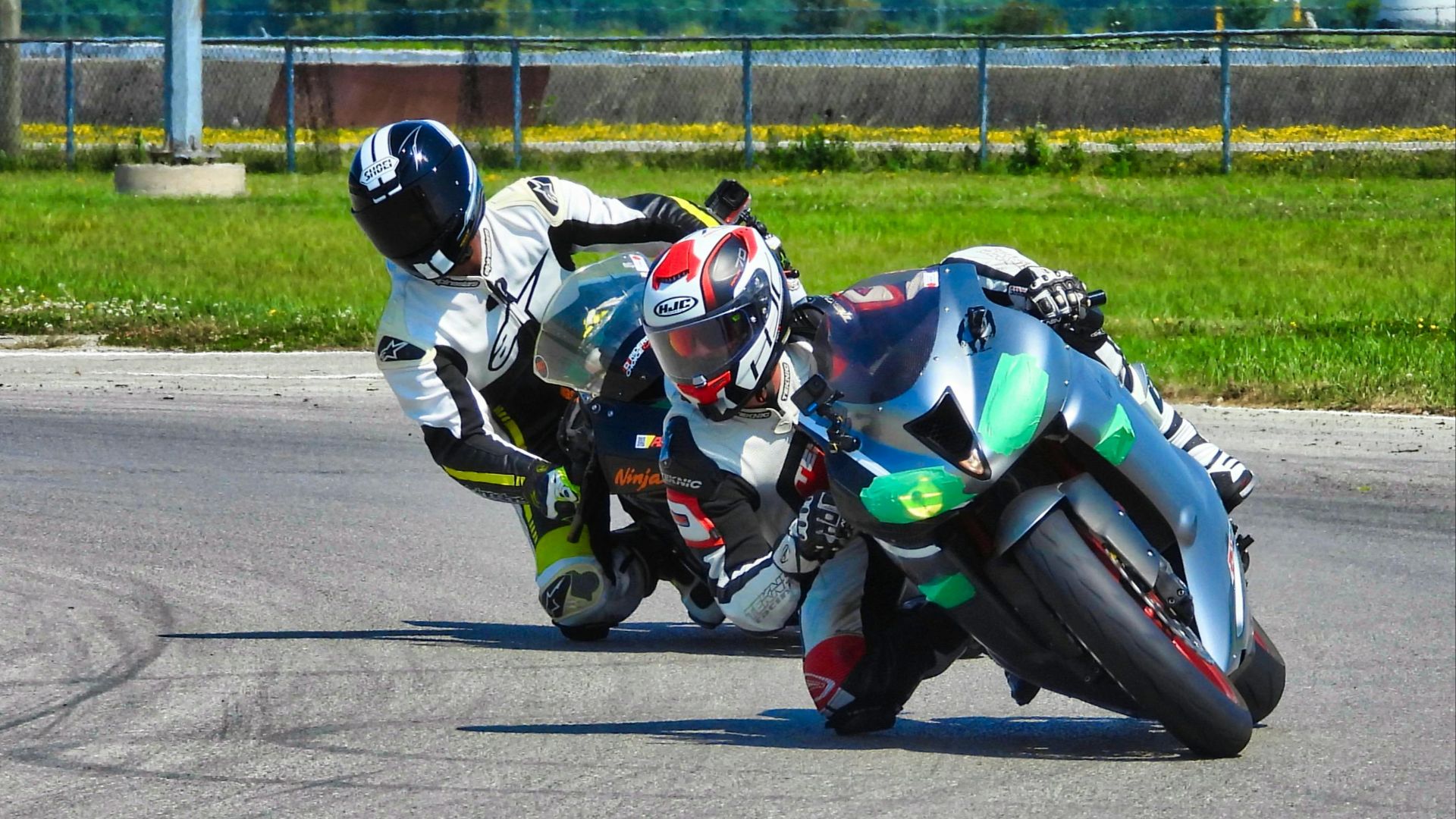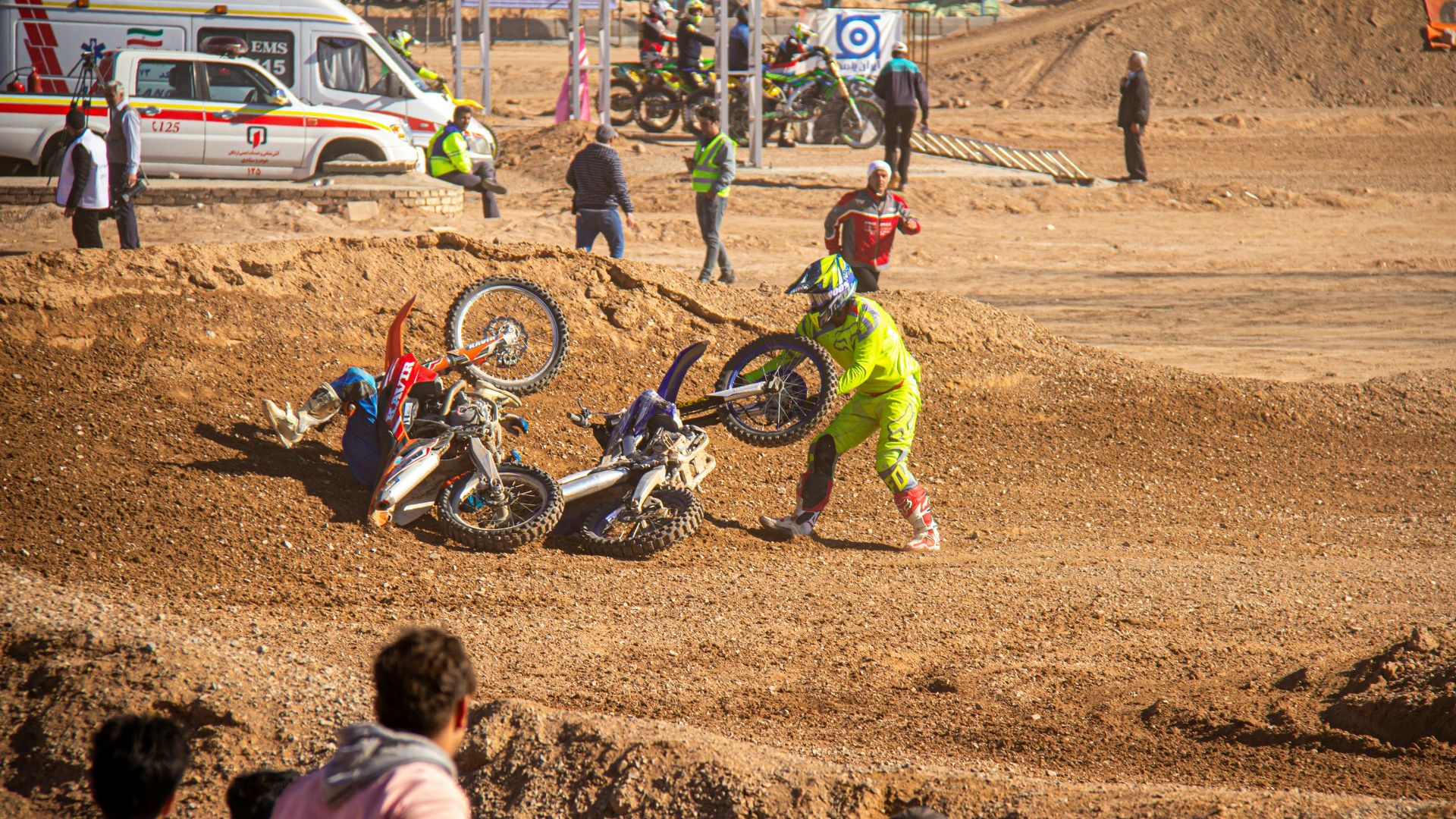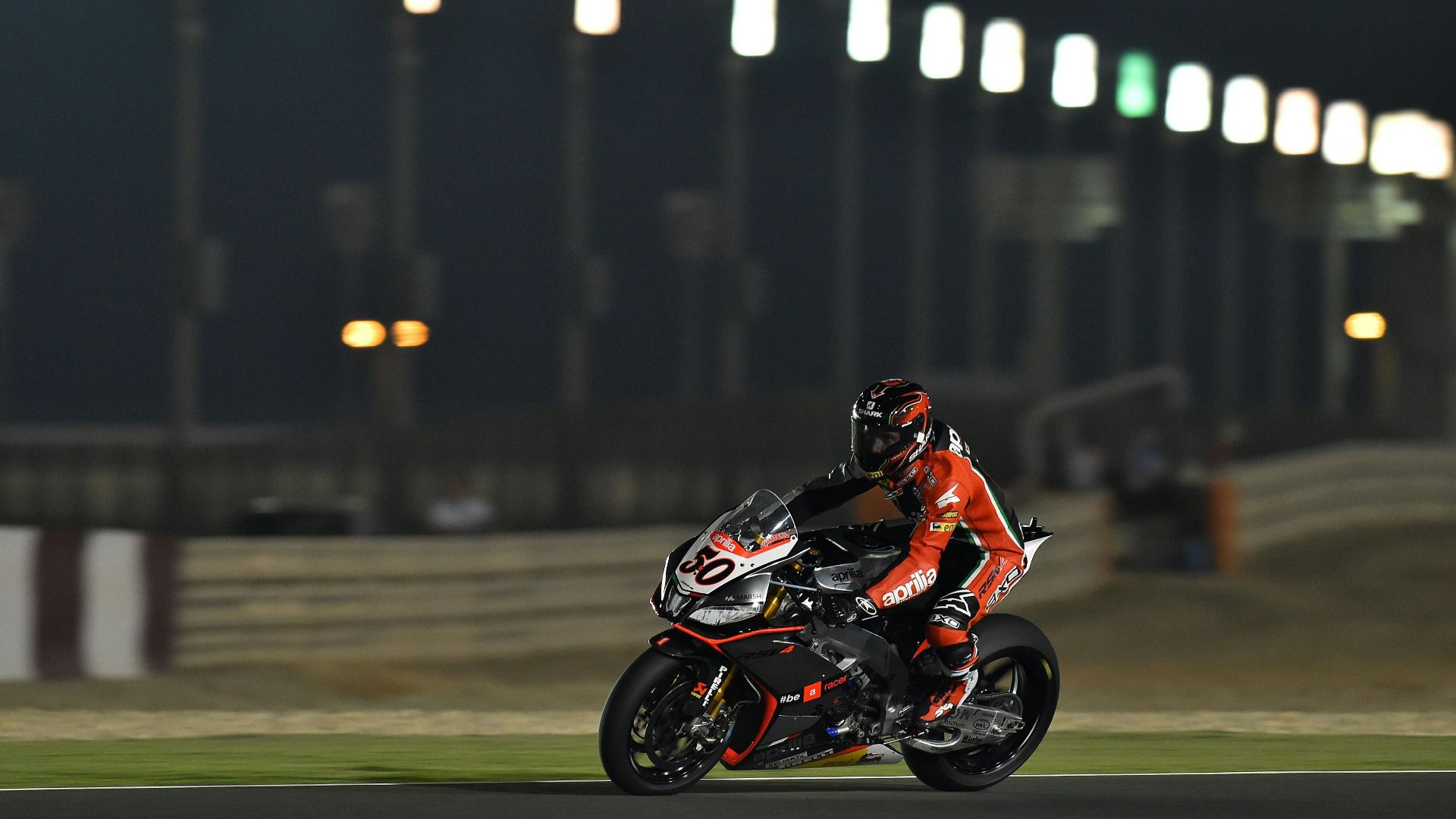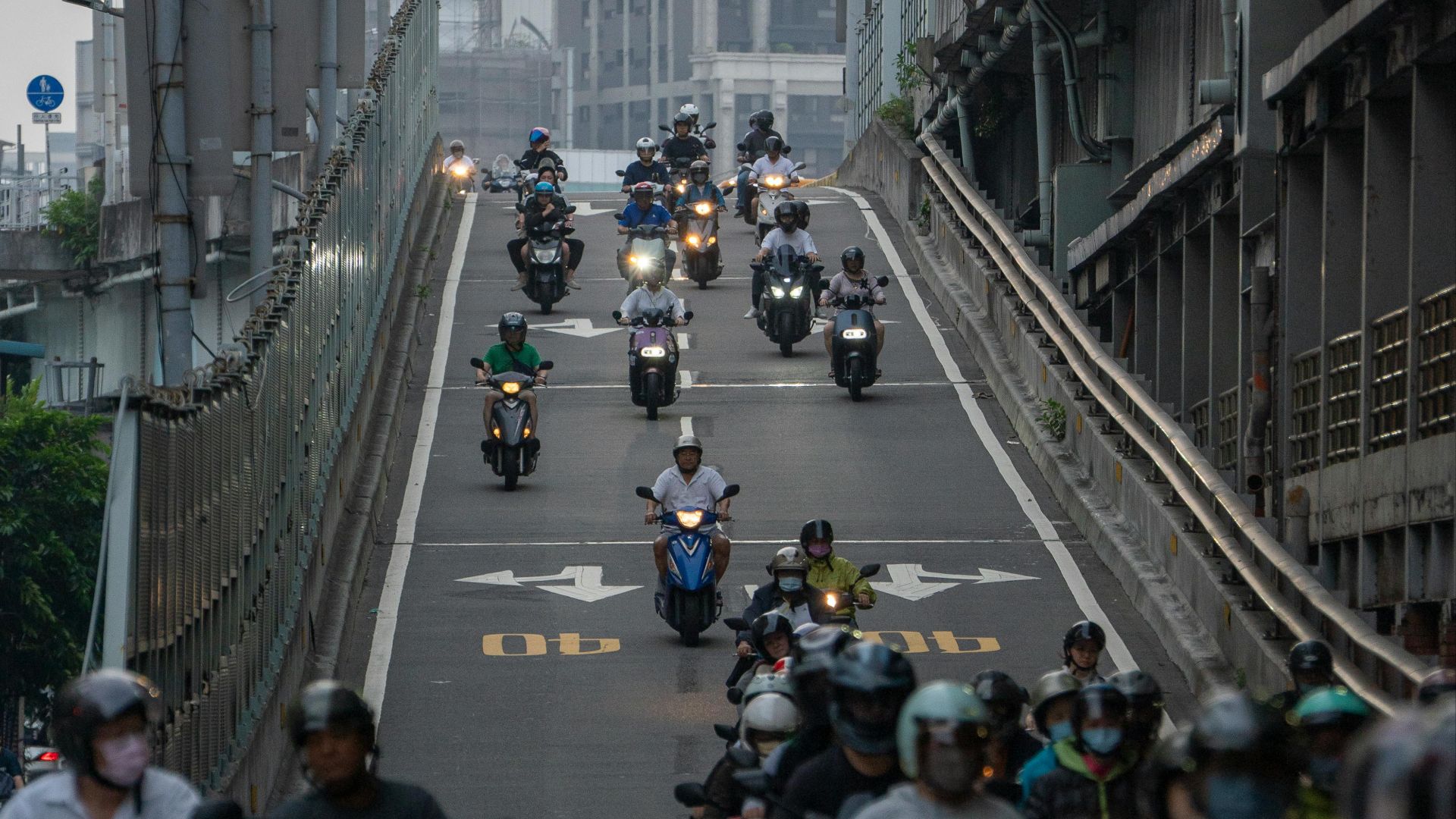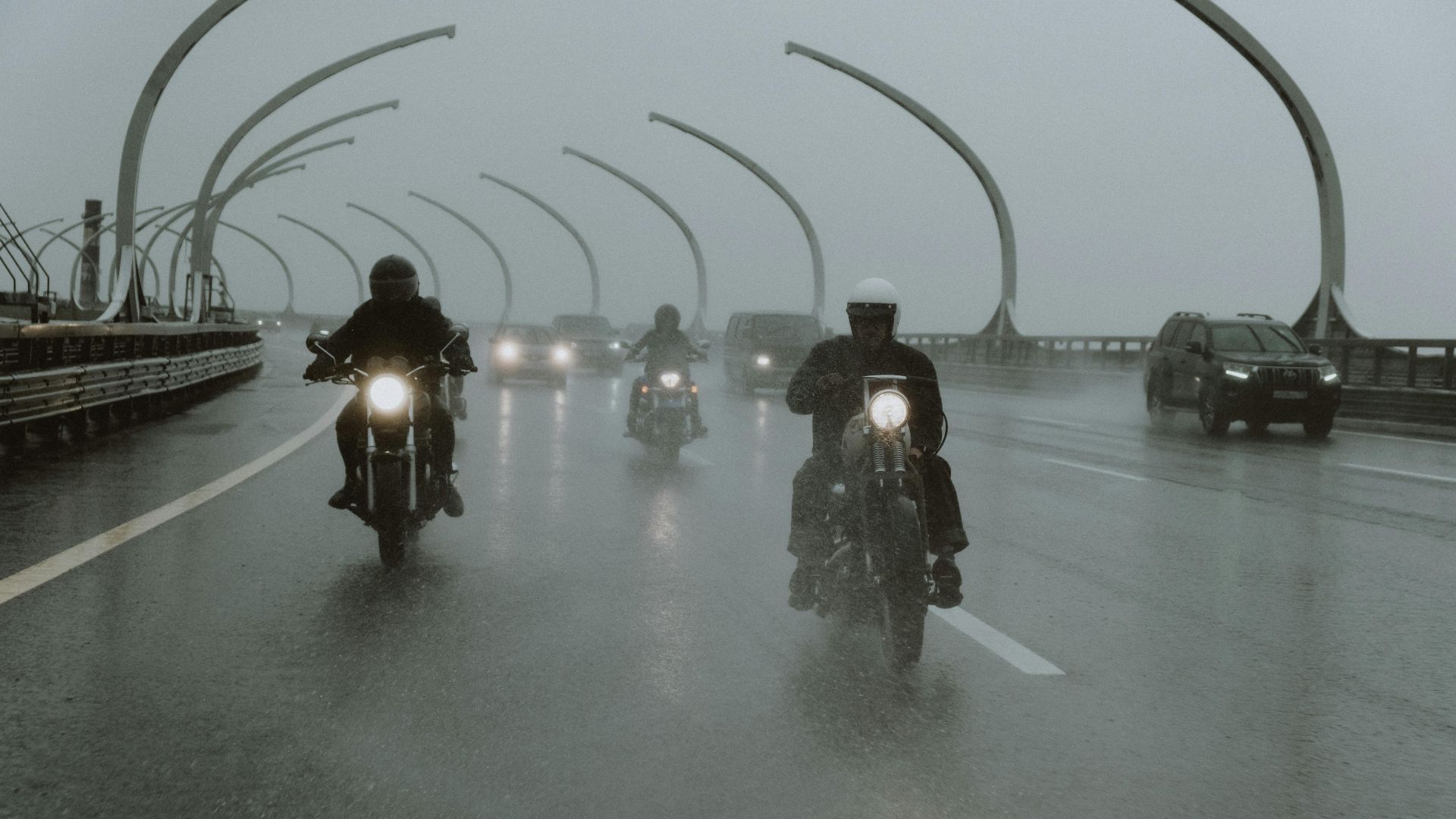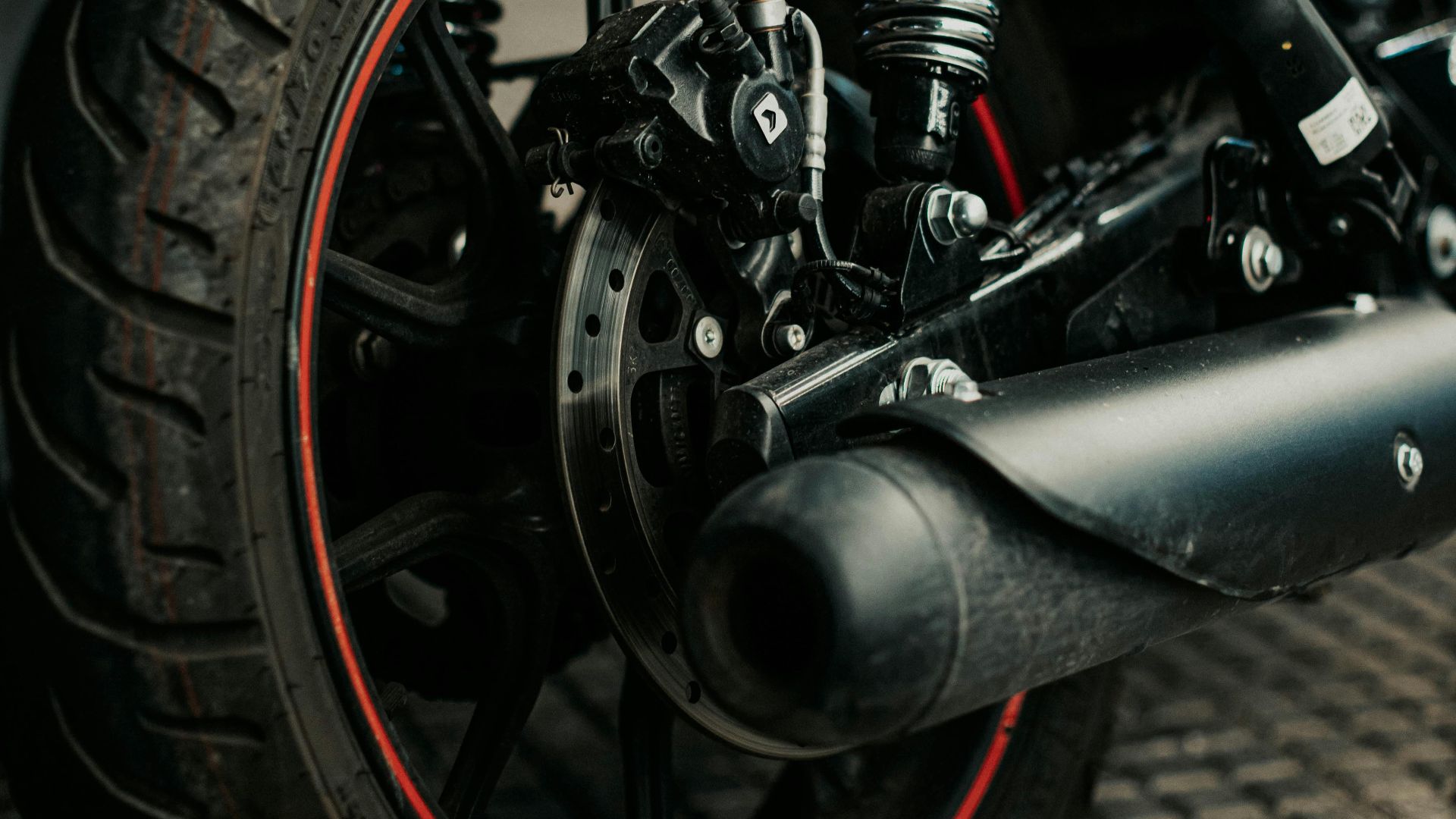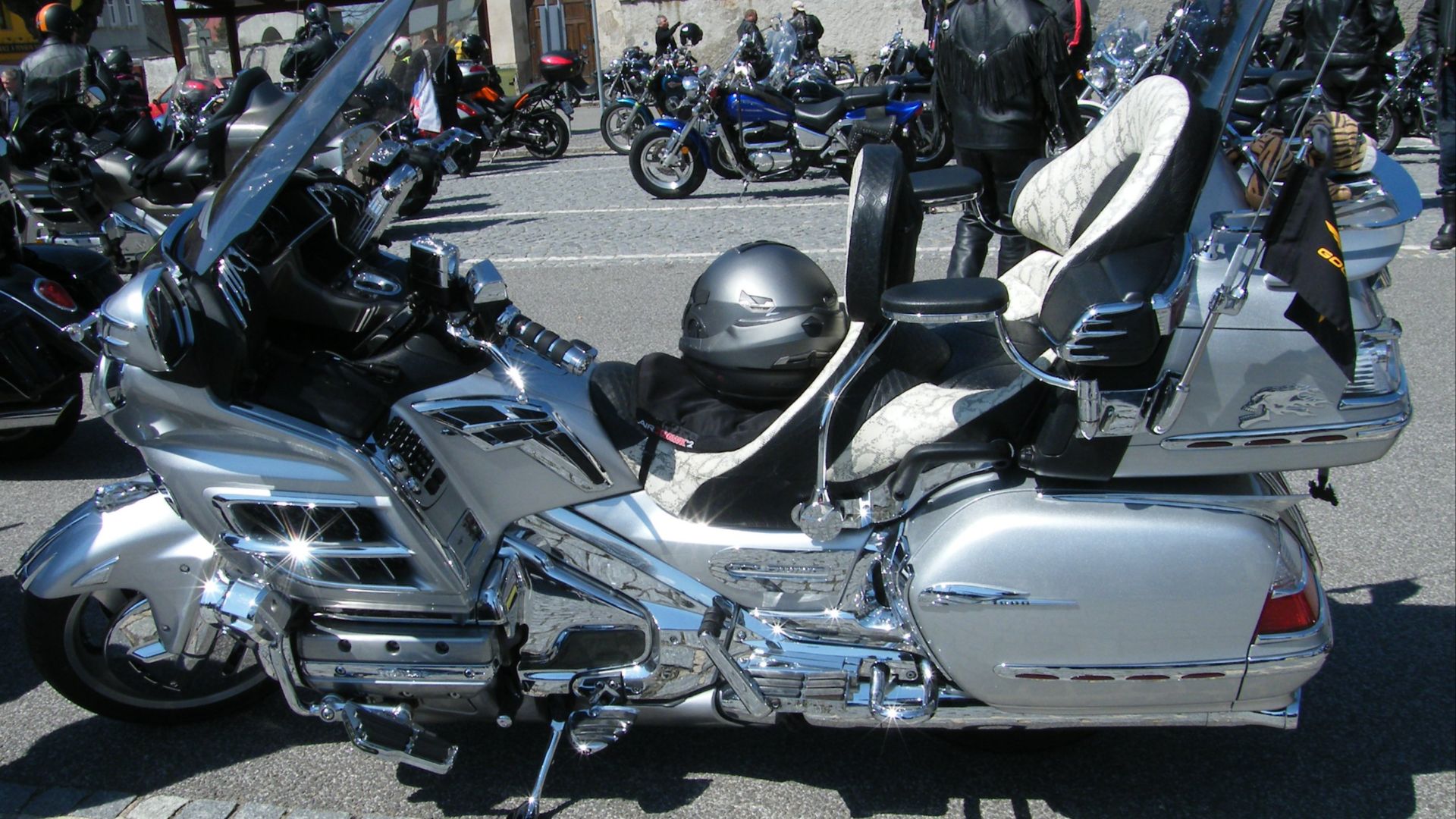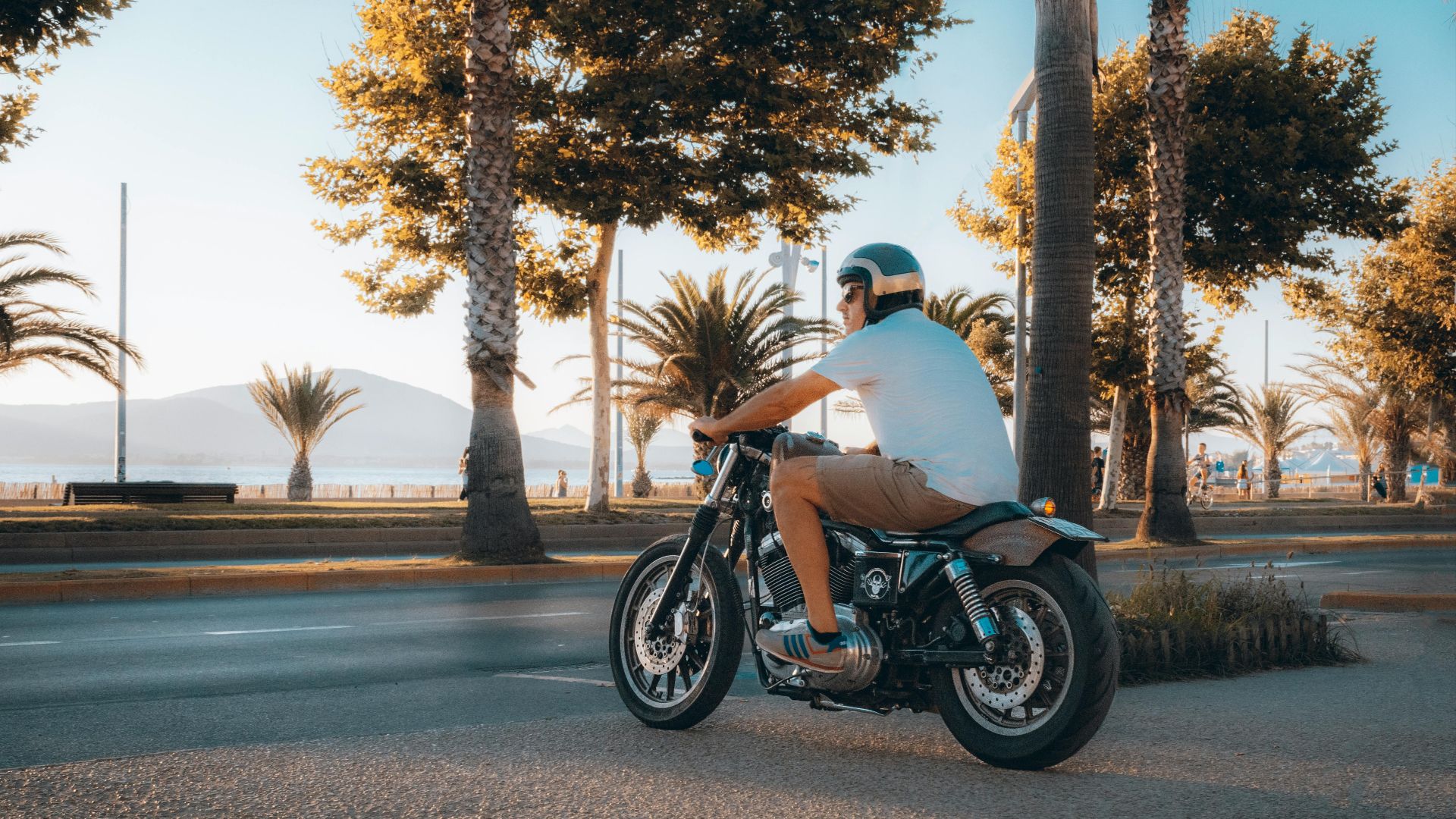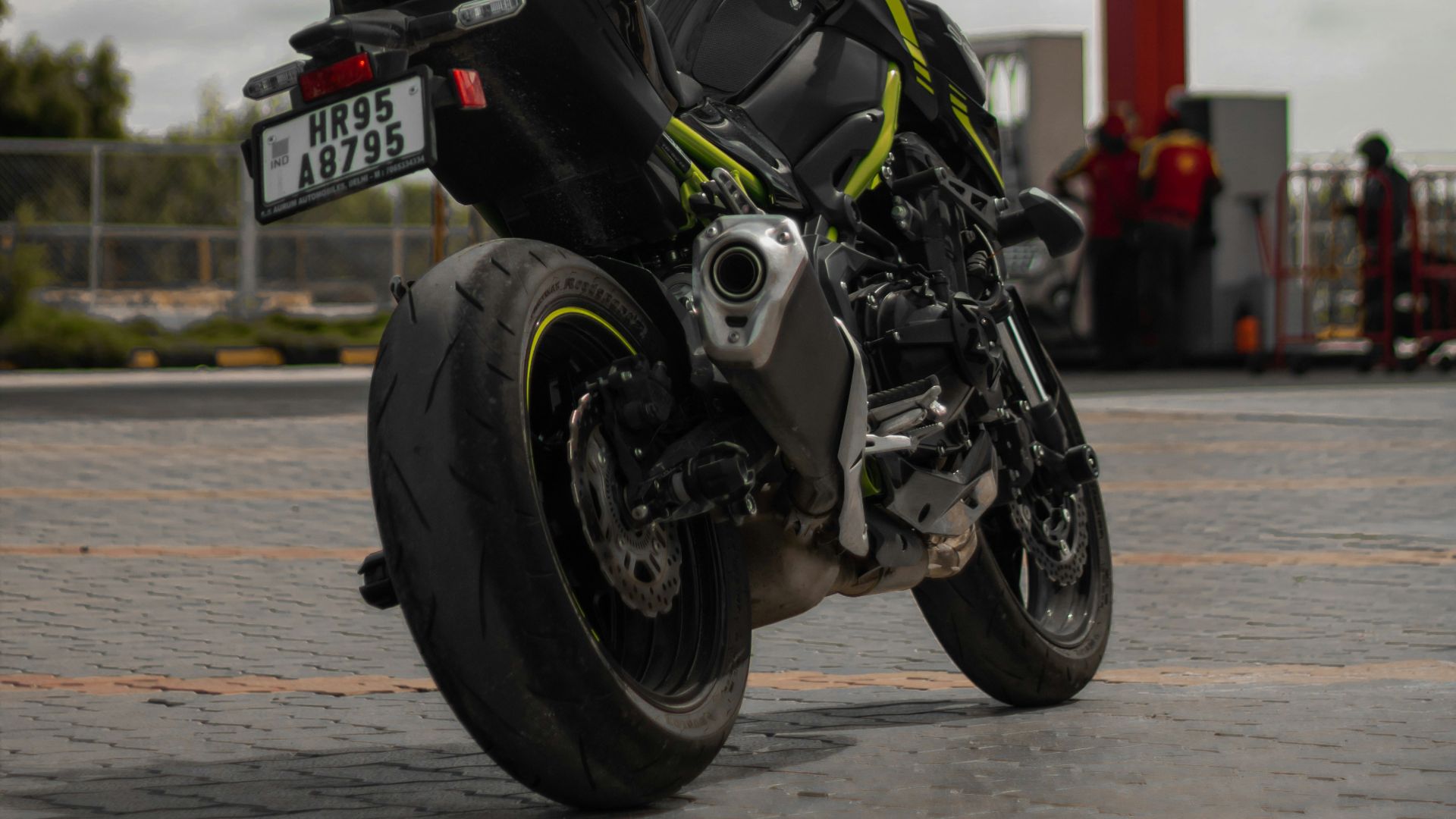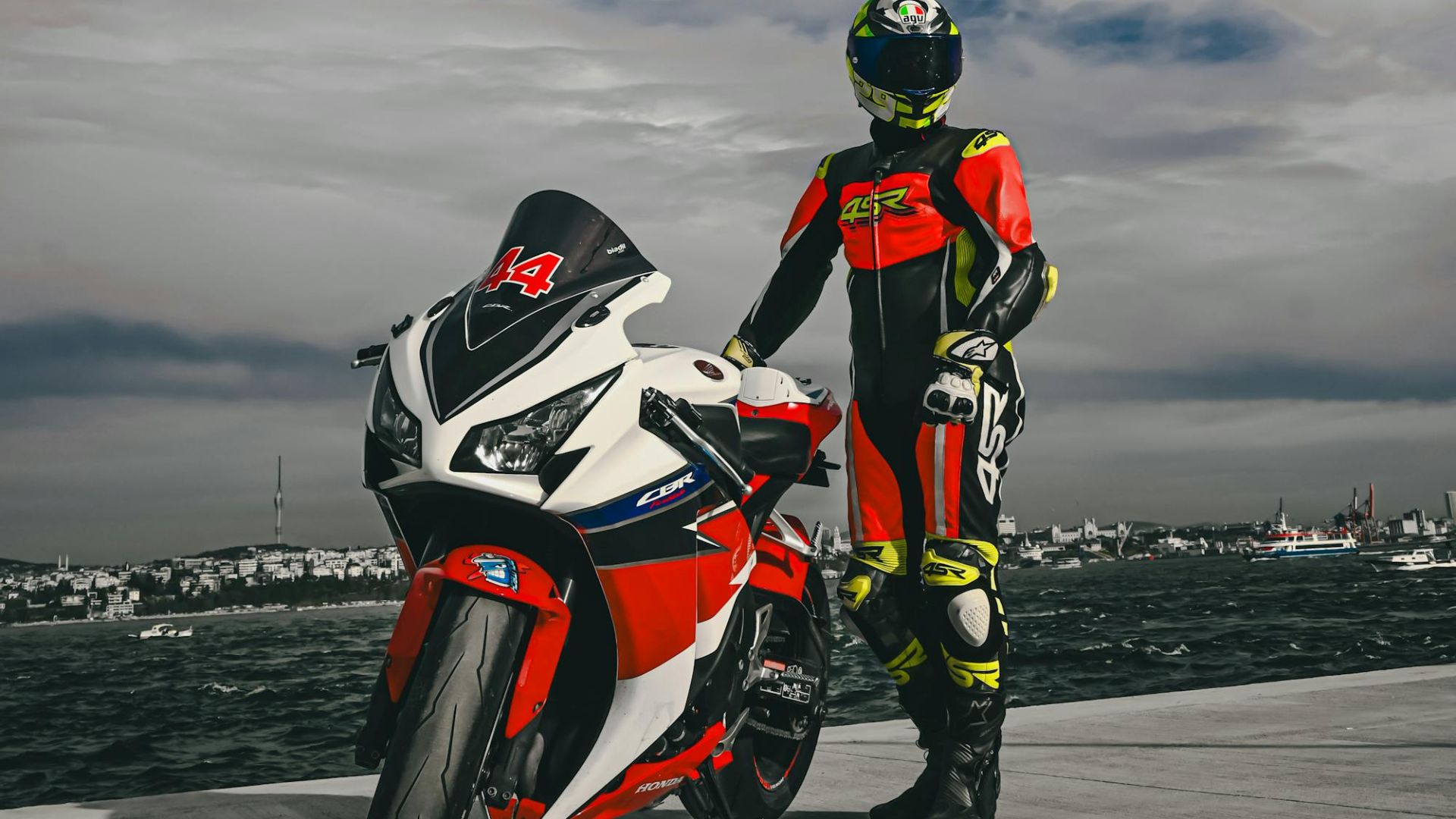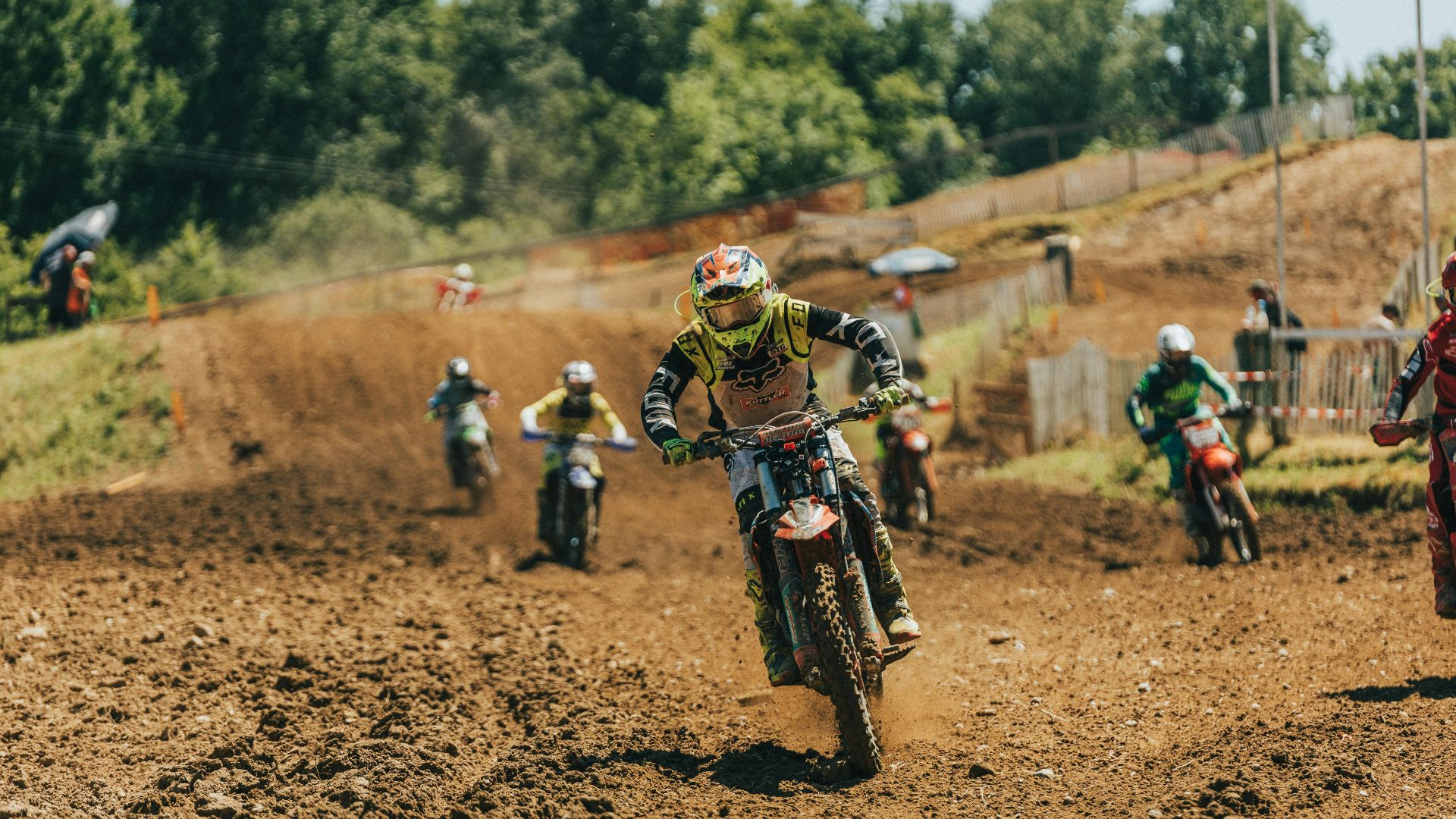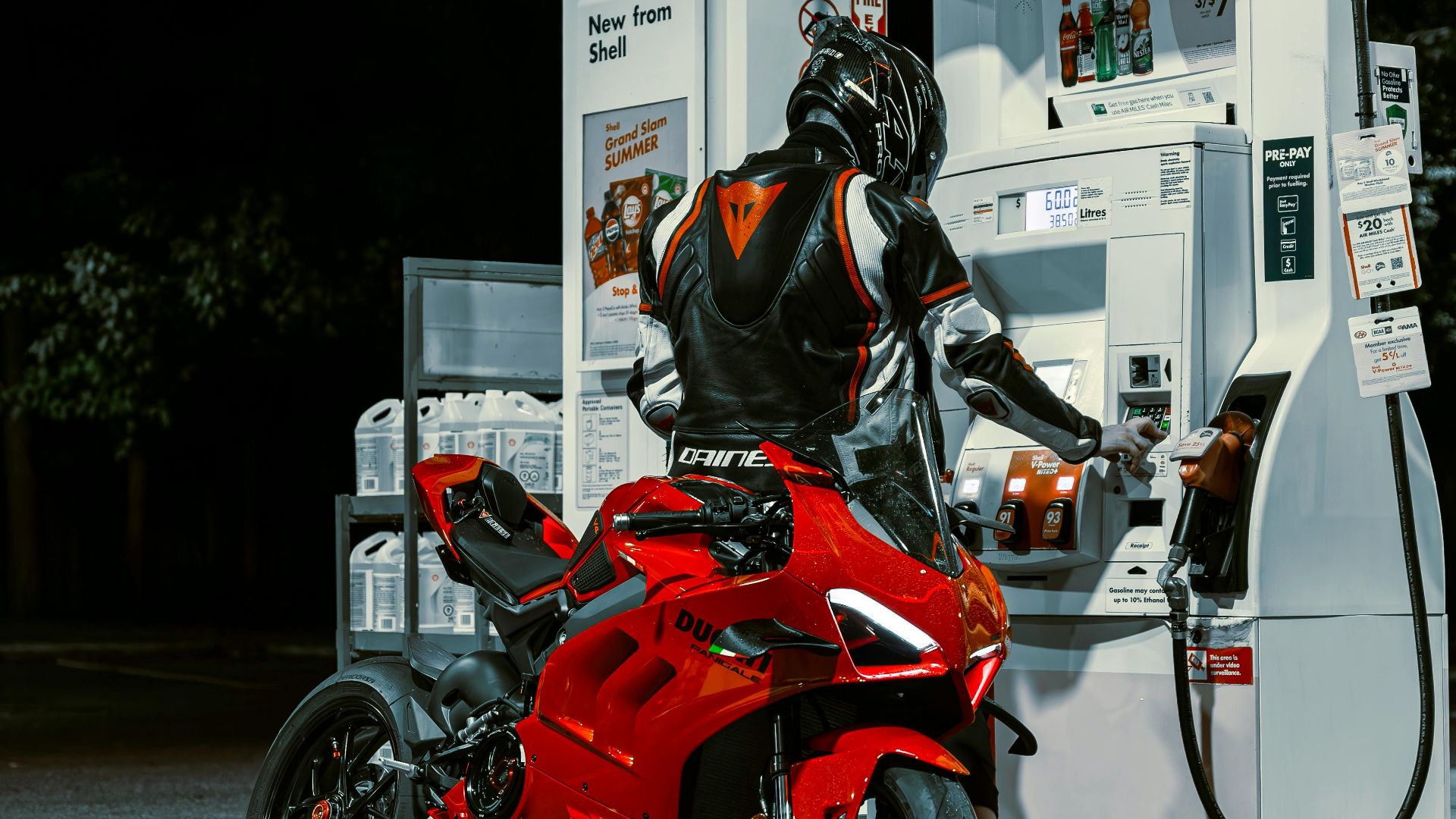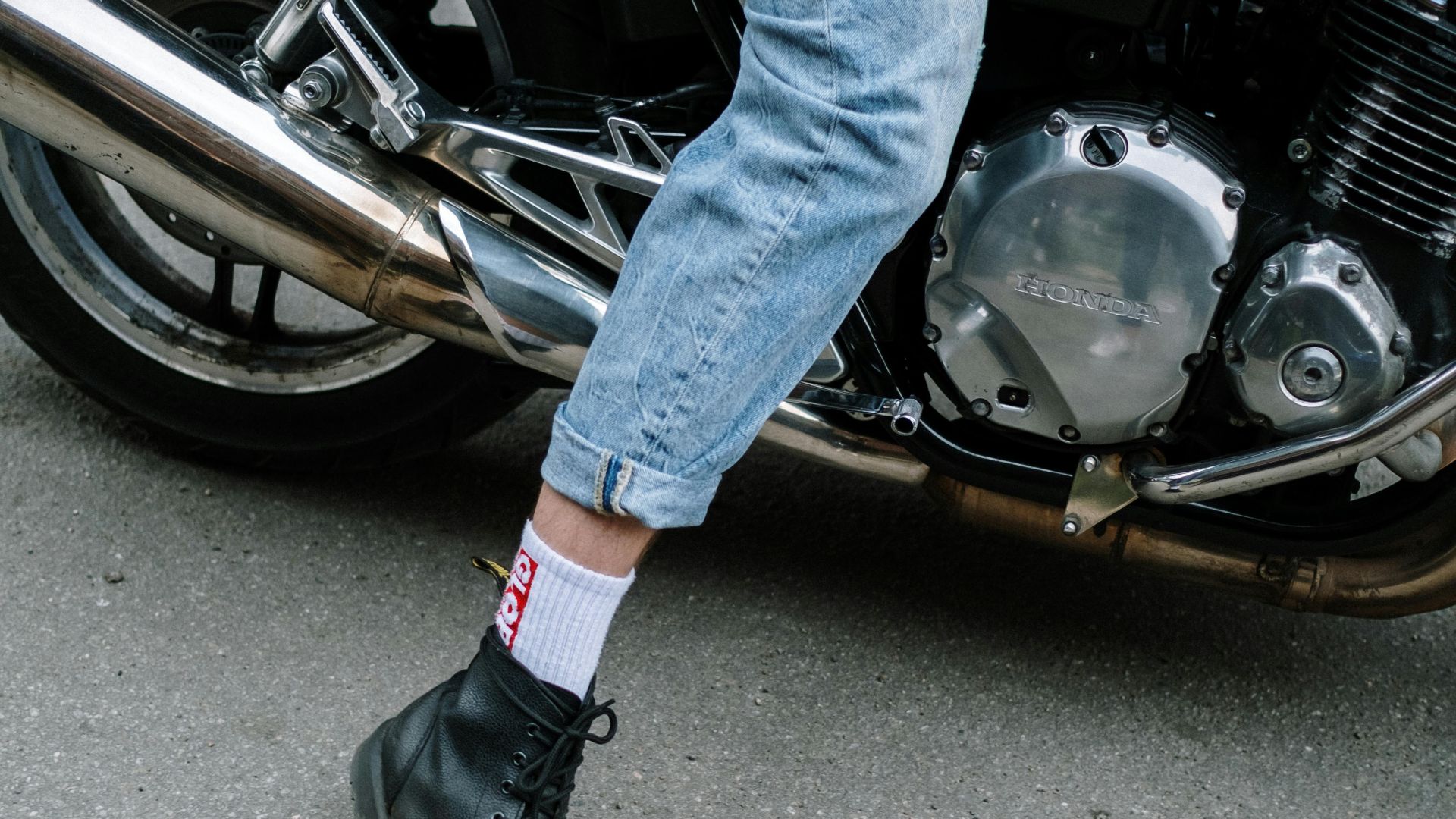Riding Straight Into Reality
Motorcycle culture is full of legends—some thrilling, and others that are downright ridiculous. Over the years, riders have swapped stories about secret performance hacks and “rules” that supposedly separate pros from newbies. The problem is, plenty of these so-called truths are about as real as a unicorn in a sidecar. So, before you let another tall tale fuel your next ride, let’s break these 20 myths wide open.
1. You Can Outrun Police Radar
The idea that you can outrun police radar falls apart once you understand that modern systems measure your speed the instant you enter their range, leaving no time to react. Even bad weather or darkness offers no protection, as these units remain accurate in poor visibility.
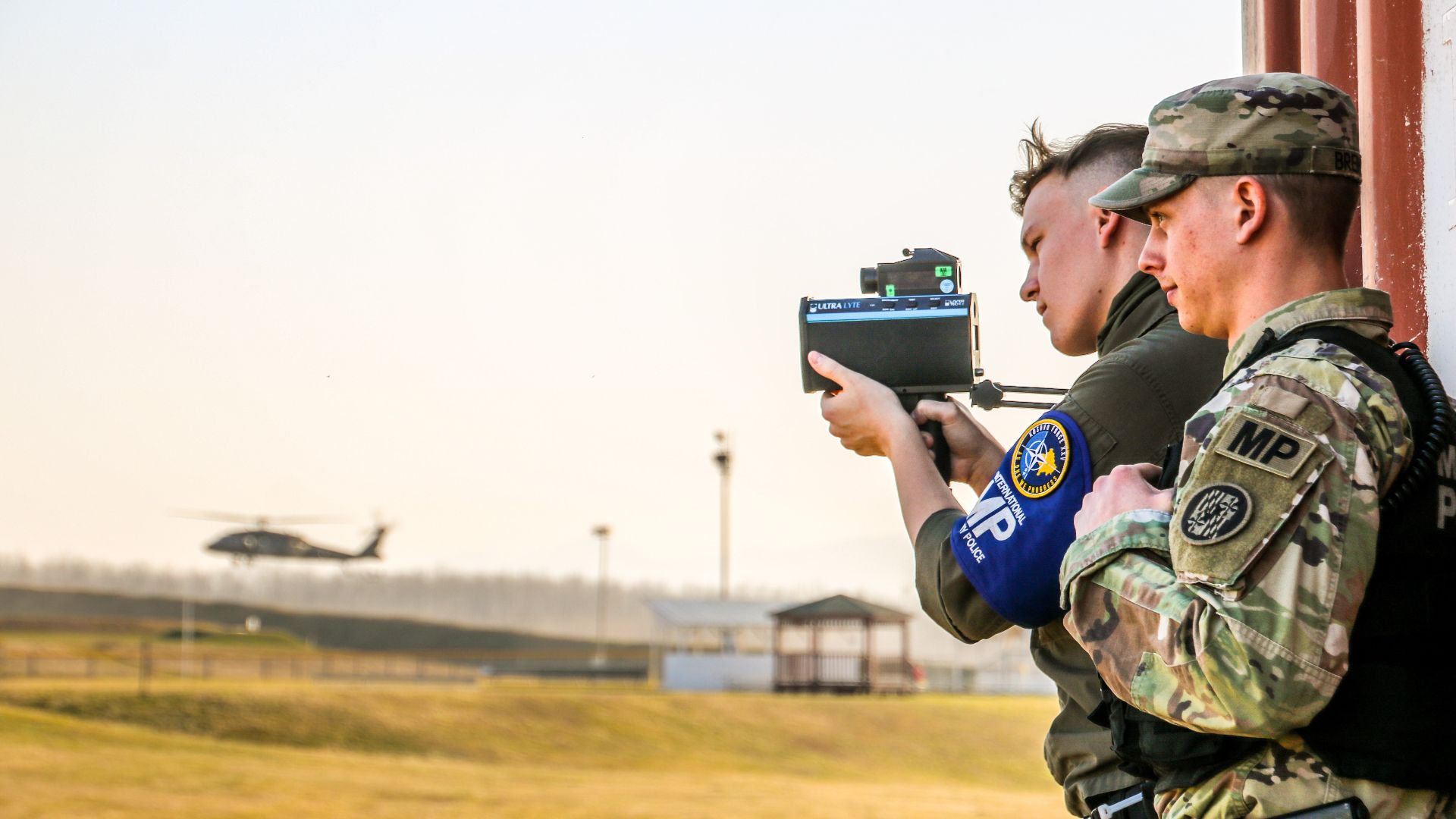 U.S. Army National Guard photo by [null Courtesy] on Wikimedia
U.S. Army National Guard photo by [null Courtesy] on Wikimedia
2. Loud Pipes Always Save Lives
Most of the noise projects behind the motorcycle, not toward the drivers ahead, who most need to notice you. That’s why riders on quieter machines often stay safer by relying on bright gear, clear positioning, and smart visibility habits.
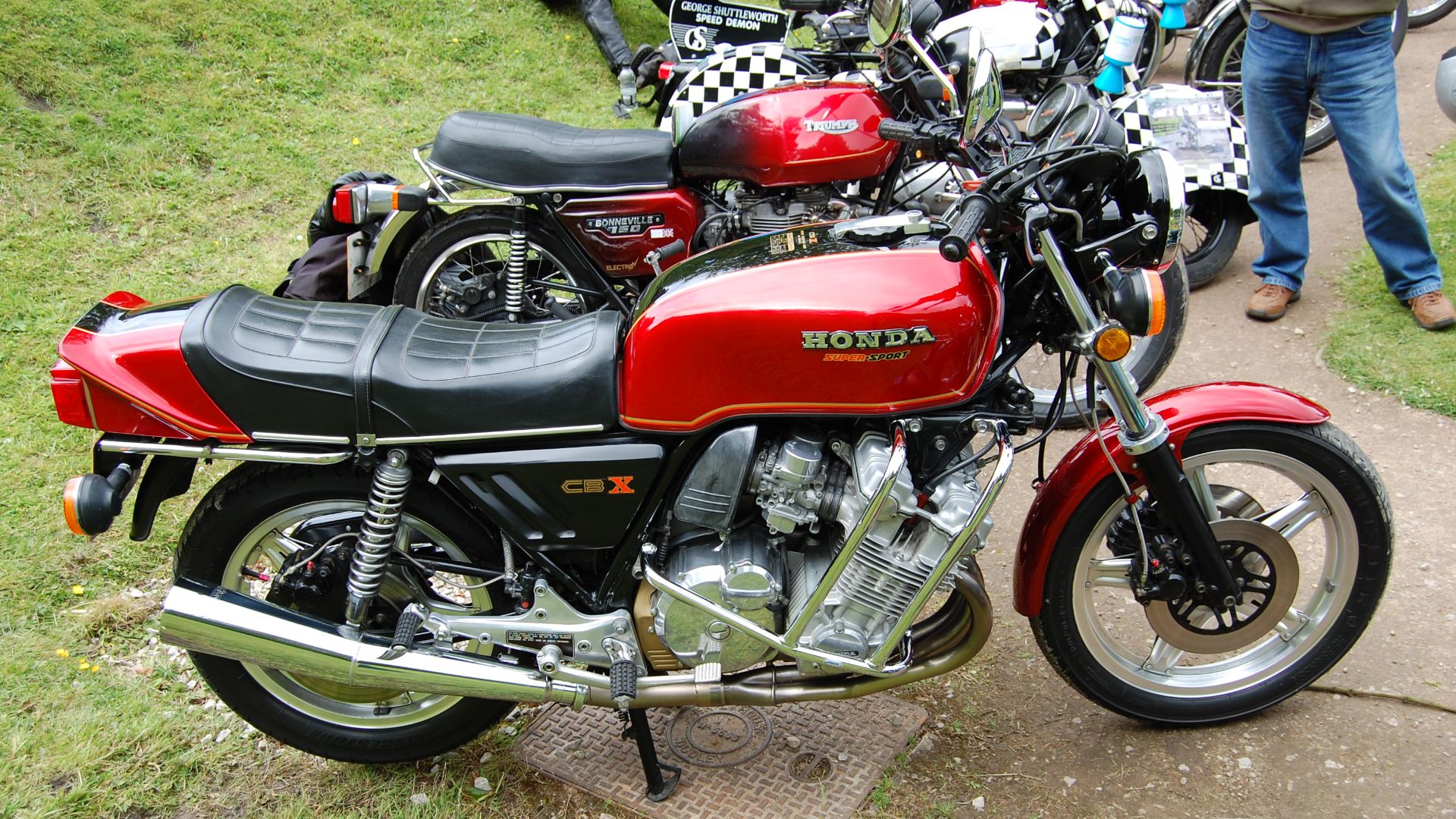 Ronald Saunders from Warrington, UK on Wikimedia
Ronald Saunders from Warrington, UK on Wikimedia
3. Helmets Break Riders’ Necks
A helmet’s shell and padding work together to absorb and distribute impact forces, which reduces the strain on both the head and neck. The cushioning inside can even provide additional support to limit extreme movement.
4. Leaning In Turns Is Unsafe
Leaning aligns the bike’s center of gravity with the curve, allowing tires to grip the road more effectively. Moreover, all motorcycle types are built for safe lean angles, and avoiding them reduces stability and increases the risk of losing grip.
5. All Riders Eventually Crash
The claim that every rider is destined to crash is about as accurate as saying every cook will eventually set their kitchen on fire. Skilled motorcyclists can ride for decades without a single accident by riding defensively. Sure, risk is part of riding—but inevitability is just bad math.
6. Leather Gear Is Just Fashion
Leather motorcycle gear is a piece of functional protection designed for the realities of the road. Its dense fibers outlast casual fabrics in abrasion resistance, while natural wind and weather shielding keep riders comfortable. Armor pockets also add impact defense, and thick panels deflect flying debris.
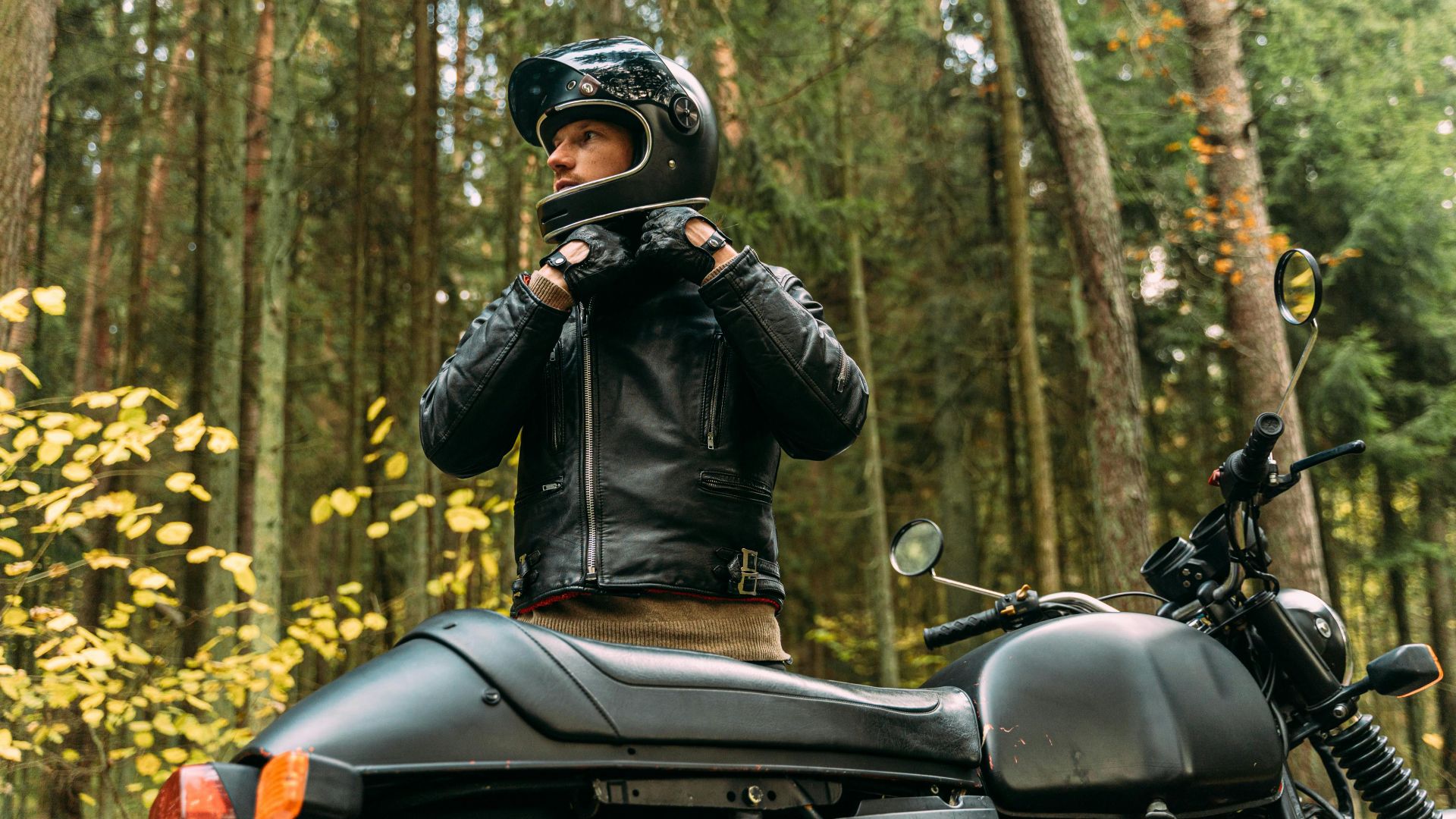 Antoni Shkraba Studio on Pexels
Antoni Shkraba Studio on Pexels
7. Bigger Engines Mean More Speed
A massive engine doesn’t automatically mean you’ll leave everyone in the dust. The weight-to-power ratio plays a bigger role, which is why smaller sport bikes can outrun heavier cruisers. In fact, larger engines sometimes lag off the line.
8. Laying The Bike Down Works
Intentionally laying a bike down to avoid a crash is more likely to cause harm than prevent it. Sliding grinds away both machine and skin, while tires provide far better stopping power than metal scraping asphalt. Upright, modern brakes can halt a bike faster, and keeping it that way preserves your ability to control speed.
9. Lane Splitting Is Always Illegal
Laws can differ not only by state or country but also by road type and traffic conditions. Some areas allow slow-speed “filtering” through congested lanes. Hence, failing to understand the specific rules where you ride can spark disputes with drivers.
10. Rain Riding Is Too Dangerous
Good tires maintain a solid grip even on wet pavement, especially when paired with smooth throttle and brake control. As a matter of fact, the road is most slippery only during the first minutes of rainfall, when oil rises to the surface, and many riders navigate wet commutes daily without accident.
11. Rear Brakes Don’t Work Fast
Rear brakes may not deliver the raw stopping force of the front, but they play a key role in keeping the bike balanced during deceleration. For instance, in low-traction spots, they help maintain stability, and when used together with the front brake, they can shorten the stopping distance.
12. Motorcycles Always Cost Less Insurance
The assumption that every motorcycle comes with a low insurance bill doesn’t hold up under scrutiny. This is because high-performance models can carry hefty premiums, and bikes popular with thieves often cost more to cover. Plus, younger riders and custom modifications all push rates higher.
13. Modern Bikes Need Long Warm-Ups
Fuel injection systems automatically adapt to temperature, and today’s oils shield engines even during cold starts. Rolling out gently warms the engine and fluids more efficiently, getting you to peak performance without unnecessary sitting time in the driveway.
14. Short Riders Can’t Handle Bikes
The idea that short riders can’t manage motorcycles falls apart once you look at how adjustable many bikes are. Seats and suspensions can be lowered, and kits make bigger models more accessible. Plus, technique matters more than inseam.
15. Sport Bikes Are Death Traps
With advanced brakes and suspension, sports bikes respond instantly to skilled input, letting a disciplined rider control every curve with ease. Add in gear designed specifically for sport bike ergonomics, and you’ve got comfort paired with protection.
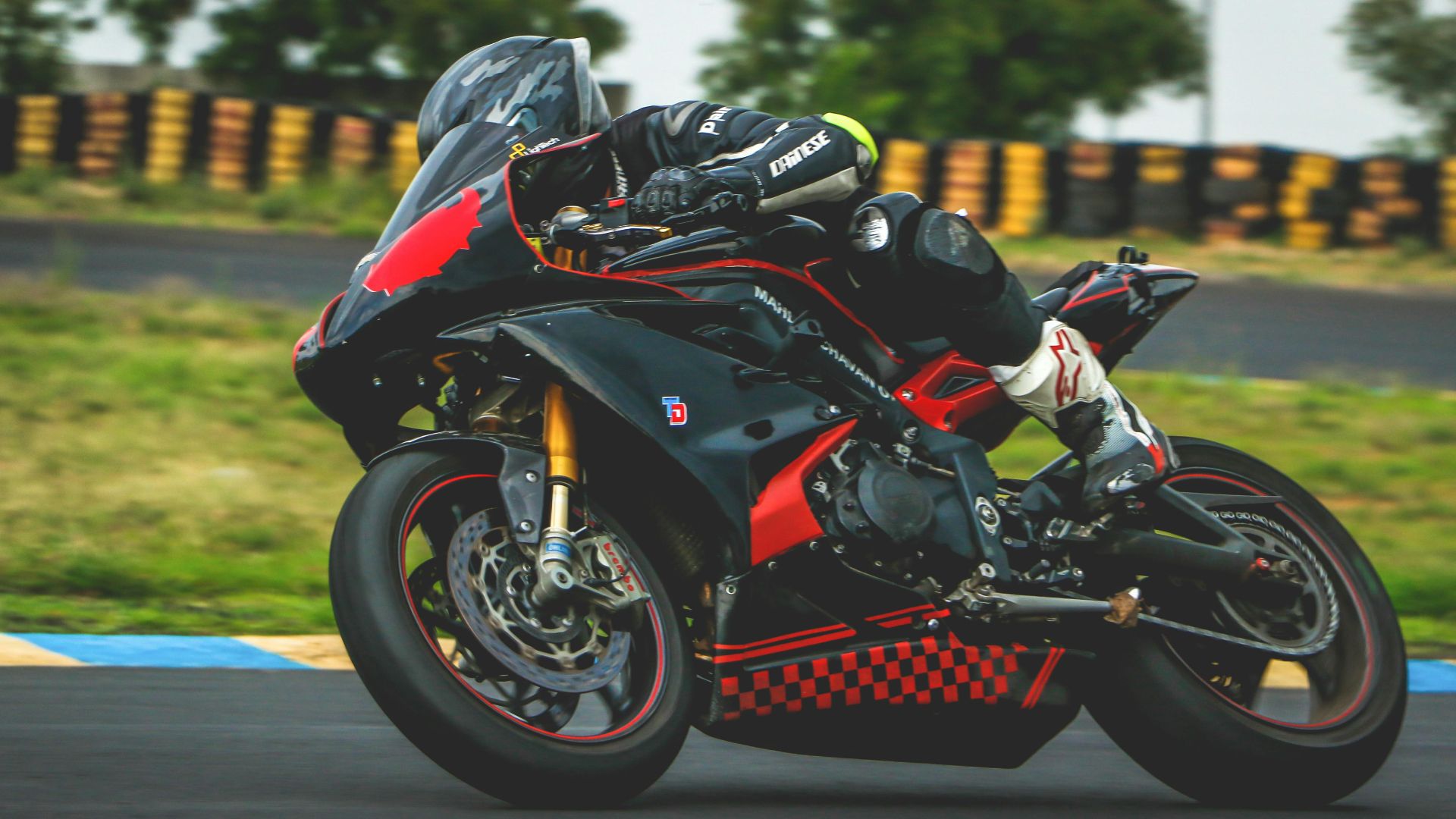 vikram sundaramoorthy on Pexels
vikram sundaramoorthy on Pexels
16. All-Weather Tires Work Well In Winter
It’s easy to assume “all-weather” means ready for anything, but winter has a way of proving otherwise. In freezing temperatures, the rubber in these tires stiffens. All-weather designs can also lose performance on salted or frosty roads, where traction is already compromised.
17. Bright Gear Makes You Unmissable
Those neon colors help grab attention, yet a distracted driver can still miss you entirely. In fog, rain, or fading light, that brightness fades fast, making reflective strips a smarter ally after dark. Above all, staying alert and anticipating hazards works far better than trusting bright fabric to do all the protecting.
18. Off-Road Bikes Are Street Legal
Off-road bikes usually arrive without essentials like headlights, turn signals, or mirrors, which makes them fall short of legal requirements. Their tires aren’t rated for the constant friction of pavement, and that throaty exhaust note you love could easily breach local noise limits.
19. Fuel Additives Boost Engine Power
Today’s fuel systems are already tuned to run efficiently without extra chemicals, and any horsepower boost you notice is likely just wishful thinking. Besides, overdoing additives can backfire, as they sometimes damage sensitive injectors or sensors.
20. Downshifting Always Hurts The Engine
Downshifting has an unfair reputation as an engine killer. However, in practiced hands, it’s more of a performance tool than a threat. Moreover, properly timed downshifts can actually improve stability as you set up for a corner.


